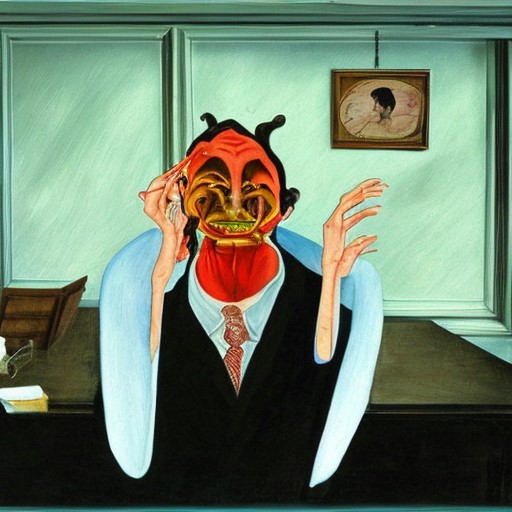
You know all that nifty art you’re creating with your fancy new generative AI tools like DALL-E?
Turns out, AI-generated art gives rise to rather a legal double-whammy, to wit: 1. you probably don’t own it; and 2. you can probably still get sued for it.
As to ownership, in the U.S., only humans can be legal authors. Works prepared by non-humans are not copyrightable and, therefore, not legally ownable. All the nifty shots your generative AI tools are so artfully rendering are probably in the public domain, so if you share them, anyone may be able to copy and use them (google, e.g., “monkey selfie dispute”).
As to getting sued, as is claimed in a recently-filed suit against Open-AI, Microsoft, and Github (albeit regarding software instead of art), in order to learn things, generative AI tools generally get fed a lot of input drawn from the prior worldwide corpus of works of art historically produced by actual humans. No surprise, then, that AI-generated works of art (and computer code) can bear striking similarities to the prior works on which they were trained. Publication of these new works can engender litigious intentions on the part of the aforementioned humans.
A copyright infringement can arise from making an exact copy of a prior work, of course. But it can also arise from once having had *access* to the prior work and then later rendering a new work that bears a *substantial similarity* to it. This access-plus-substantial-similarity test might very well be met by a considerable amount of generative AI activities.
Finally, 1. above does not excuse 2. above. You can still get sued, even though you don’t own the thing.
Questions? See me after class.
By the way, the above picture is what the iPhone app Draw Things rendered when I asked for “a lawyer in his office having a panic attack in the Dali style.”